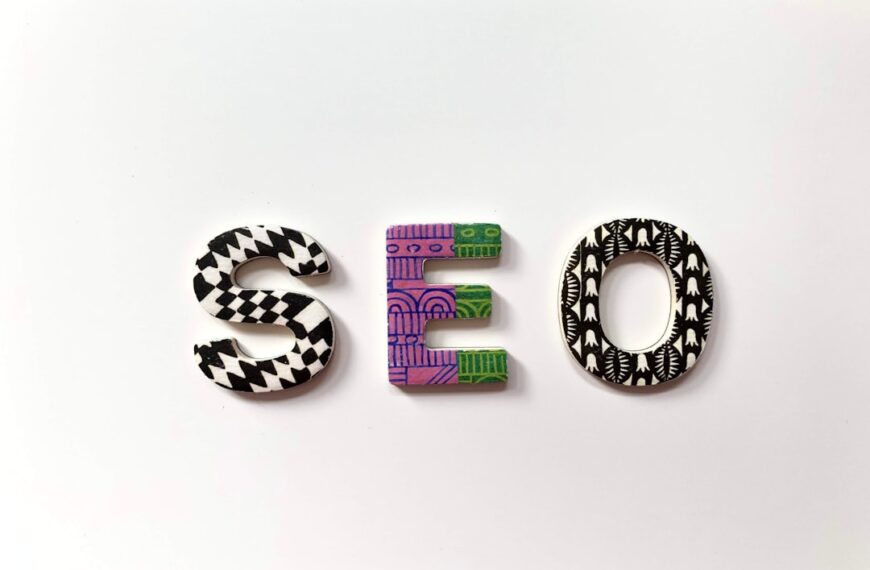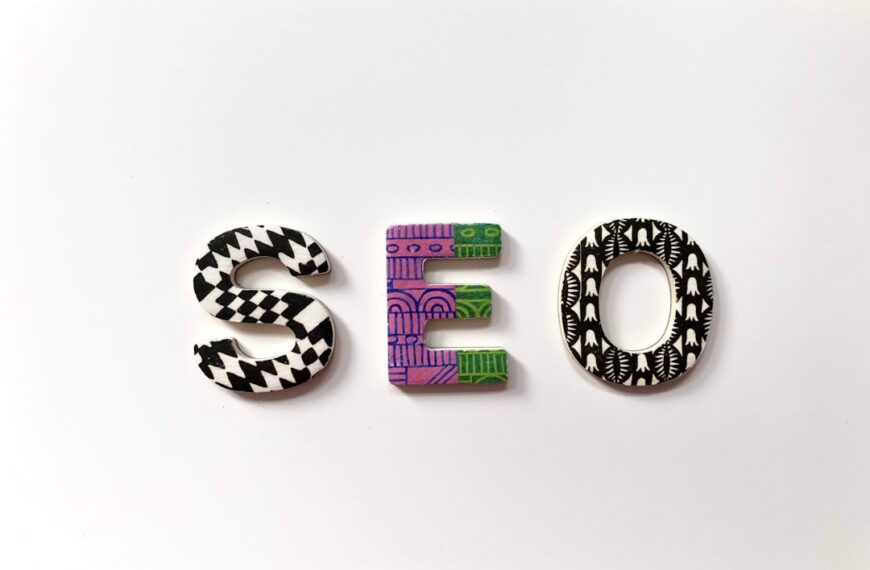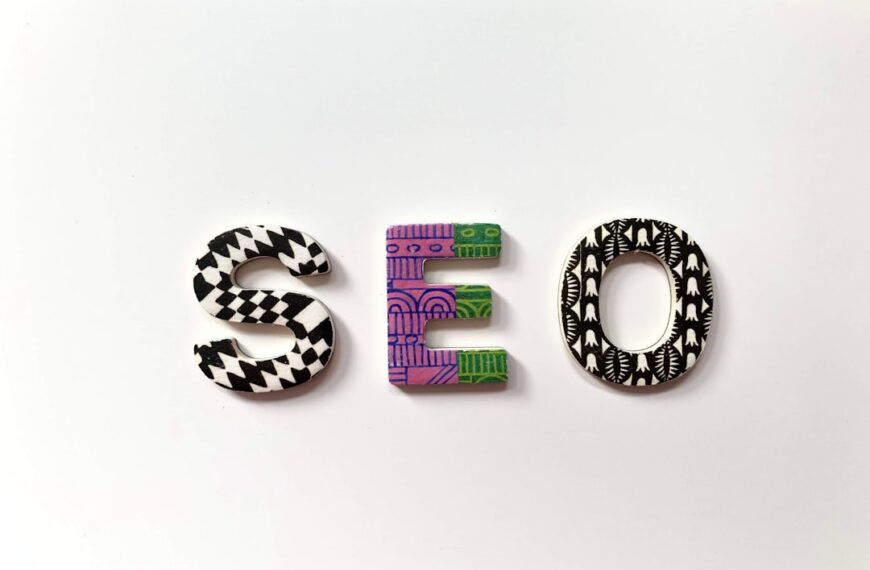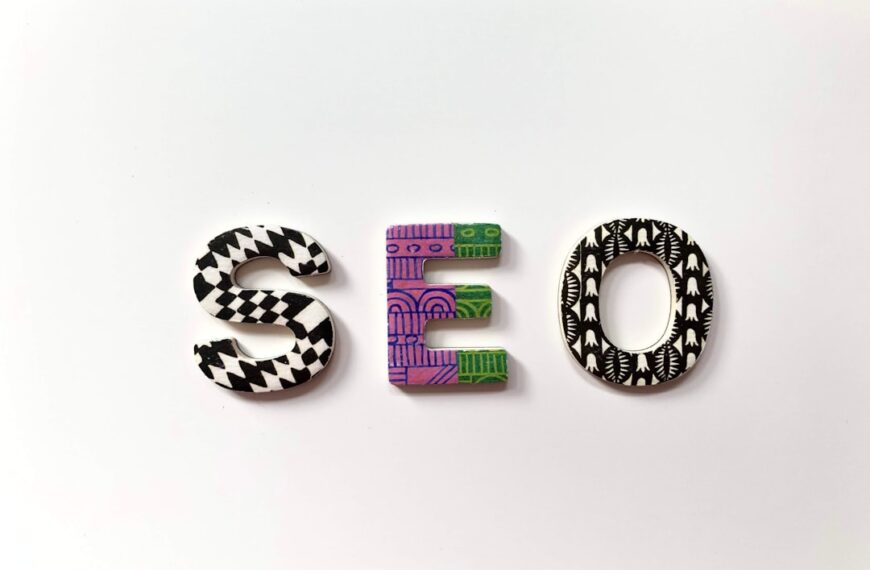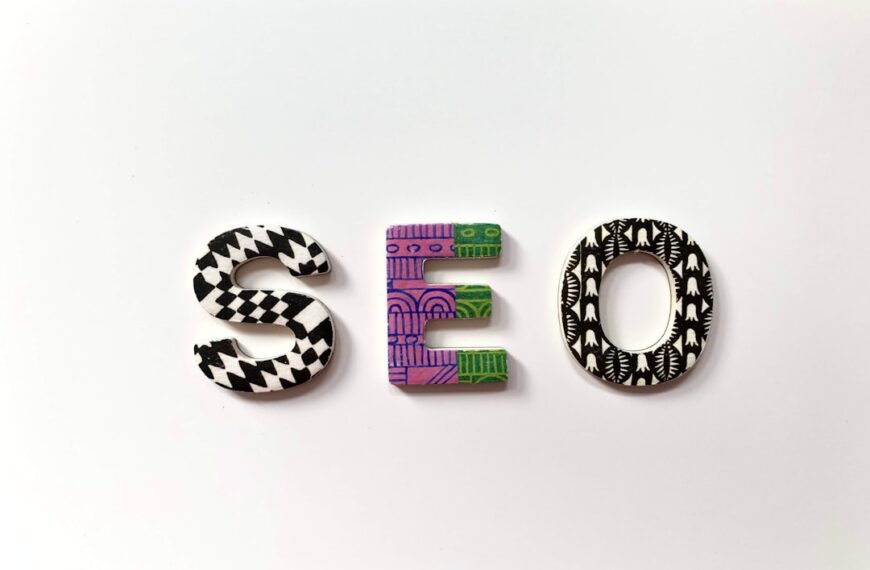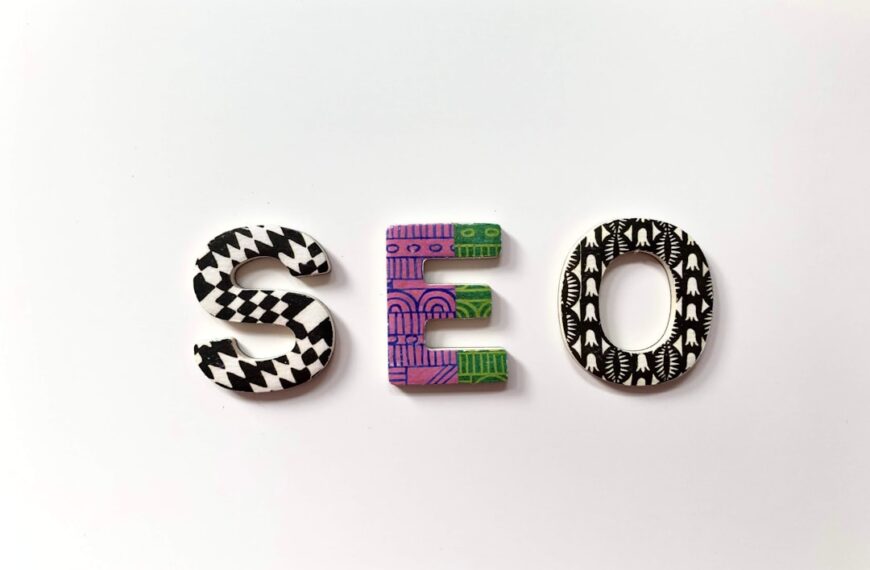Search engine optimization (SEO) and accessibility might seem like separate entities, but they’re surprisingly intertwined. Creating a website that’s accessible to everyone – regardless of ability – actually boosts your SEO and improves your search engine rankings. This isn’t just about doing the right thing; it’s about smart, strategic website development.
Inclusive design, which prioritizes accessibility, benefits both users and search engines. When you create a website that caters to users with disabilities, you’re inherently improving the user experience for everyone. A well-structured, clear, and easy-to-navigate website is beneficial for all visitors, leading to increased engagement, longer session durations, and lower bounce rates. These are all key metrics that search engines consider when ranking websites.
Here’s how accessibility contributes to higher rankings:
* Improved Crawlability and Indexability: Search engine crawlers rely on structured data and clear HTML to understand your website’s content. Proper use of headings (H1-H6), alt text for images, and clear semantic HTML all improve crawlability. These are also crucial accessibility features. A site that’s easy for a crawler to understand is also easier for users with disabilities to navigate.
* Enhanced User Experience (UX): A positive user experience is paramount for SEO. Accessibility features like keyboard navigation, screen reader compatibility, and sufficient color contrast make your website usable for everyone, leading to higher user satisfaction and longer dwell times. Search engines reward websites with positive user engagement signals.
* Increased Mobile Friendliness: Accessibility often overlaps with mobile-friendliness. Ensuring your website is responsive and functions seamlessly on various devices benefits users with disabilities who may rely on smaller screens or assistive technologies. Google prioritizes mobile-friendly websites, further boosting your rankings.
* Reduced Bounce Rate: A frustrating, inaccessible website will likely lead to users quickly leaving (high bounce rate). Conversely, an accessible website is easier to use, leading to a lower bounce rate, a positive signal for search engines.
* Improved Site Authority and Trust: Demonstrating a commitment to accessibility shows search engines and users that you’re committed to inclusivity and creating a positive online experience. This can improve your site’s overall authority and trustworthiness, potentially leading to higher rankings.
Practical Steps to Improve SEO Through Accessibility:
* Use alt text for all images: Describe images accurately and concisely.
* Ensure sufficient color contrast: Use tools to check for adequate contrast between text and background.
* Implement proper heading structure: Use H1-H6 tags logically to organize content.
* Provide captions and transcripts for videos and audio: Make multimedia content accessible to everyone.
* Use ARIA attributes where necessary: These attributes provide additional information to assistive technologies.
* Ensure keyboard navigation: All interactive elements should be operable using only a keyboard.
* Optimize forms for accessibility: Ensure clear labeling, error messages, and assistive technology compatibility.
* Regularly test your website with assistive technologies: Use screen readers and other tools to simulate different disabilities and identify potential issues.
By incorporating accessibility best practices, you’re not only improving your website’s usability for people with disabilities, but also enhancing your SEO and boosting your search engine rankings. It’s a win-win situation – creating a more inclusive and effective online experience for everyone.

